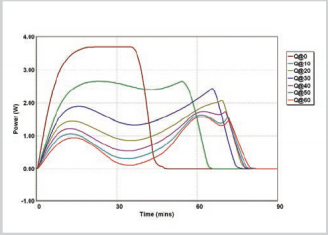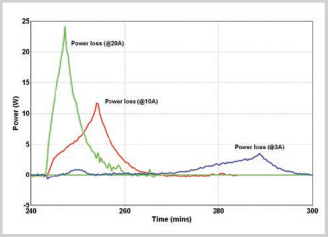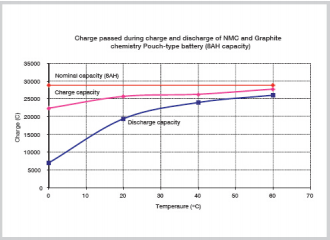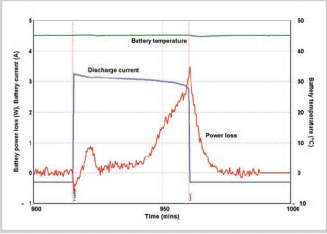Under isothermal and constant temperature conditions, the essential heat release characteristics of battery charging and discharging during actual use. Key data on battery charging and discharging capacity changes, thermal management, and performance modeling at different temperatures
Working principle of battery isothermal calorimeter
The intrinsic thermal characteristics of batteries defined by their heat release rate and total amount under different temperature or charge discharge rates are important basis for designing and evaluating high-performance battery thermal management systems. ISO BTC can control and maintain a constant battery temperature throughout the testing process to accurately measure the real-time heat release rate/total heat release of the battery under various working conditions. ISO BTC automatically controls the heating/cooling of the battery to maintain a constant battery temperature, The real-time heat flow generated by this process directly characterizes the heat release rate and total heat release of the battery. ISO BTC can configure various specifications of adapters according to the shape and size of the battery for (isothermal and constant temperature) calorimetry testing of any size of battery or module
Heat release of batteries under isothermal and constant temperature conditions
The following figure shows the typical data of iso-BTC testing during the charging and discharging process of a 45 ° C battery. The change in heat release rate during the testing process is shown by the red curve in the figure. When the battery is discharged at 2C (current 10A), as the internal resistance increases, the SOC of the battery decreases, and the heat release rate gradually increases. The weak heat absorption of the battery during charging can also be accurately characterized

The influence of temperature
By conducting isothermal calorimetry tests on batteries at the same discharge rate and different operating temperatures, it is possible to accurately evaluate the effect of operating temperature on the heat release rate and total heat release of the battery. From the experimental data of NMC ternary material graphite battery at various temperature conditions from 0 to 60 ℃ in the right figure, it can be clearly seen that the difference in heat release rate of the battery is more than three times

The influence of discharge current (rate)
The following figure shows the experimental data on the effect of discharge current on the heat release rate of (2.2Ah) polymer lithium-ion batteries under the same isothermal and constant temperature conditions. This type of data will contribute to the intelligence, adjustment, and improvement of thermal management systems

The influence of usage temperature on battery capacity
The variation of battery charging and discharging capacity with temperature can also be calculated and evaluated based on iso-BTC experimental data. The charging and discharging capacitance of the NMC ternary material graphite battery temperature influence test mentioned above is shown in the right figure: from the change curve of charging and discharging capacity at different temperatures, the battery capacity * * has decreased by 70%

Fine structure of power curve during battery discharge process
From the fine structure analysis of the battery heat release rate curve during the discharge process, it can be found that this process is composed of many consecutive steps, including exothermic and endothermic reactions, as well as reactions with faster and slower rates. The fine structure of the lithium-ion battery heat release power curve during the discharge process is shown in the right figure, which conforms to the above rules. A deep understanding of these reaction mechanisms is of great significance for battery improvement and safety design, and is also one of the ways to improve battery efficiency








